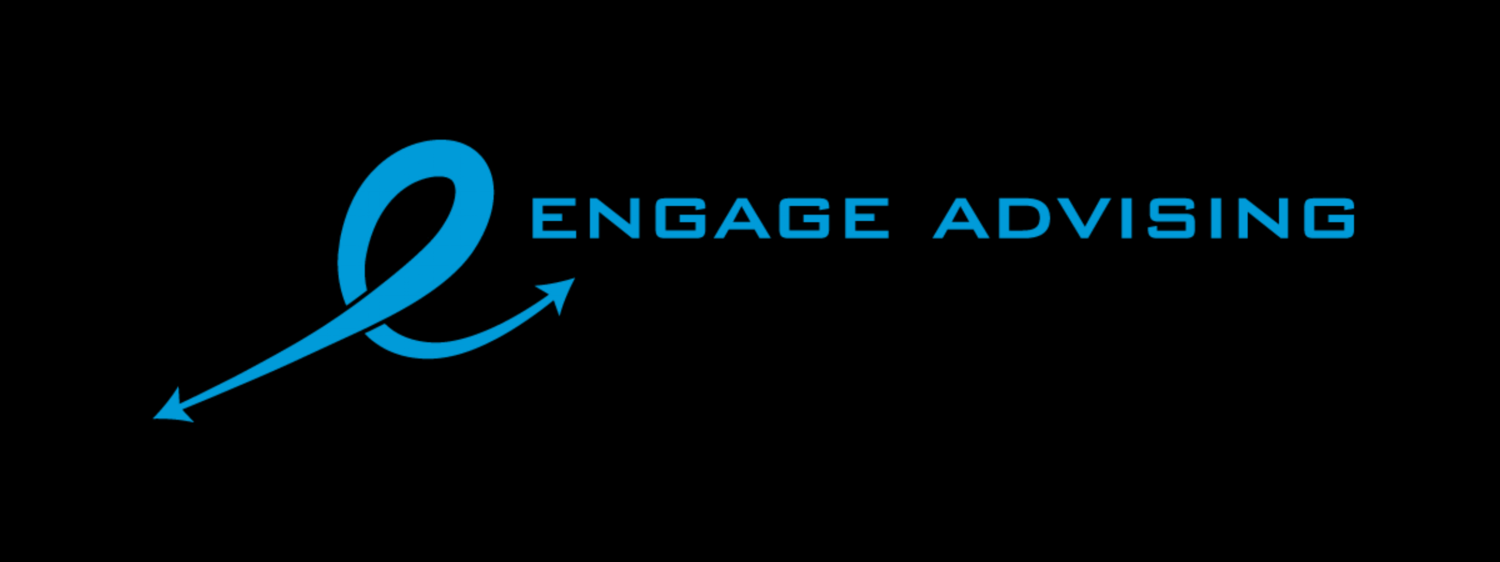Everyone is still wrestling with changes affecting financial planning that occurred due to the Tax Cut and Jobs Act of 2017, but what may have been a dramatic change occurred in February this year. The Bipartisan Budget Act of 2018 (BBA) passed in February of this year. Under the BBA, hardship withdrawals from 401(k) and 403(b) plans will now be easier to obtain. At first blush, this may seem positive for plan participants, but don’t break out the bubbly just yet!
Under current law, these hardship withdrawals (not to be confused with loans) from 401(k) and similar defined contribution plans are limited to elective deferral amounts contributed by participants. Further, once a withdrawal is taken, employees are restricted from making new contributions to their plan for six months. Also keep in mind, that with a hardship withdrawal, the participant has to pay a 10% penalty in addition to ordinary taxes. Hardship withdrawals, unlike loans, do not need to be paid back. This is changing.
With passage of the BBA, there are now some key changes coming in 2019 to hardship withdrawals. Mainly, participants can now access their elective deferral amounts in addition to earnings and employer contributions. That last part is a major change. Employees will be able to access more funds for hardship withdrawals than previously allowed.
Other key changes include:
The removal of the six-month suspension period for making contributions. Employees can continue making contributions to their plan to offset the hardship withdrawal. Participants are also eligible to receive employer contributions.
The BBA also removes the requirement that plan participants first take a loan from their plan prior to requesting a hardship withdrawal.
California residents get a special wildfire relief window period. For California residents who take a hardship withdrawal of up to $100,000 between October 8, 2017 and January 1, 2019 whose principal place of residence was in the wildfire disaster area and who sustained an economic loss due to the fires, the 10% penalty is waived.
What hasn’t changed under the BBA are the criteria for qualifying for a hardship withdrawal. The IRS still says that a hardship “must be made because of an immediate and heavy financial need of the employee and the amount must be necessary to satisfy the financial need.” The IRS also assumes that if a participant is taking a hardship withdrawal, they have no other means of meeting the “immediate and heavy need” other than a hardship withdrawal. For more from the IRS and the rules that go along with hardship withdrawals, please read Retirement Plans FAQs on the IRS website.
Even though obtaining a hardship withdrawal and continuing to contribute to a qualified plan is now somewhat easier, it may not be a good thing to do. Eliminating the six-month suspension period for making contributions is a good thing. This, coupled with the fact that participants no longer need to take a loan first, may drive more participants to seek hardship withdrawals as opposed to loans. If a participant does take a hardship withdrawal, the participant will likely need to take an amount large enough to cover the hardship and the withholding (the 10% penalty and the ordinary income tax). Taken together, this could have a dramatic impact on your plan balance and retirement savings. By taking the withdrawal, a participant will be losing earnings on the amount withdrawn which will affect future savings for retirement.
The upshot is that even though obtaining a hardship withdrawal is easier, it should be considered very carefully. Participants need to weigh whether a traditional loan is a better choice, or whether taking the hardship withdrawal is truly the best move for their individual situation.
If you are not sure how these changes will impact your finances, contact me. As an independent Certified Financial Planner™, I can help you asses your choices and move forward. Contact me and let’s get started. #talktometuesday #education #Hireaplanner #tax #taxfiling #stressfree #newyear #savings #taxchanges #2017TCJA #taxcuts #taxcutsjobsact #BBA #401k #403b #BipartisanBudgetAct
























